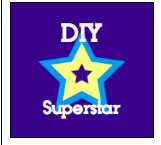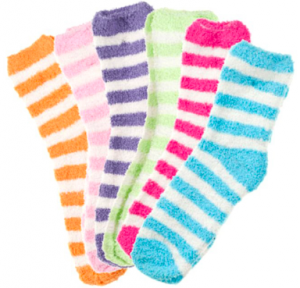 Slime is a fun way to study science. Check out this mini spark to learn about the science behind slime. Then check out the Slime Science badge to make your own slime.
Slime is a fun way to study science. Check out this mini spark to learn about the science behind slime. Then check out the Slime Science badge to make your own slime.
Spark your thinking!
1. Set up your STEAM mini spark recording page: #30: Make Slime
2. Watch this video about making slime. Take notes on your recording sheet while you watch.
3. Using the information from the video, create a quiz for other kids to play. You can use kahoot or google slides. Include at least 10 questions and include the answers as well.
4. Share your STEAM mini spark recording page and your slime quiz with your teacher/EY coordinator.
Make slime using the Slime Science Badge at the EY Website.

 In this STEAM mini spark you will learn how to sign in to Bitsbox and how to code your own apps. You will learn about the text and stamp commands, as well as how to work with coordinates.
In this STEAM mini spark you will learn how to sign in to Bitsbox and how to code your own apps. You will learn about the text and stamp commands, as well as how to work with coordinates. National STEAM day is celebrated on November 8, but you can create STEAM all year long! Check out this rocket launcher experiment that you can do to celebrate the national day dedicated to Science, Technology, Engineering, Art, and Math.
National STEAM day is celebrated on November 8, but you can create STEAM all year long! Check out this rocket launcher experiment that you can do to celebrate the national day dedicated to Science, Technology, Engineering, Art, and Math.




 Know what you want to write but aren’t sure where to start? These sentence prompts will help. Remember these 6 openings and you can write anything you want
Know what you want to write but aren’t sure where to start? These sentence prompts will help. Remember these 6 openings and you can write anything you want How are smartphones built? What materials are used? Complete this math mini spark and learn more.
How are smartphones built? What materials are used? Complete this math mini spark and learn more.

